“
SKETCH OF VILLAGE COMMUNAL HOUSE
The curved roof of the communal house
Tiles are proverbs, pillars are folk songs
Peach blossom paving bricks
White plastered walls in the sunlight for thousands of years
Through the ups and downs of war
Farmers died in battle, their bodies lying everywhere.
The wind blows the incense smoke
The red cotton tree has flocks of flying crows
Village festival open all night
Eat full empty stomach, drink drunk with the sound of rowing
Poor old mother weaves silk
Mau, take off your shirt and follow No home.
A lifetime of working for hire
Riding a horse back to the village in glory
Fold hands and bow to the village god
Protect your children and grandchildren whether rich or poor
In front of the temple is a clear lotus pond.
Summer comes, fireflies light up to find love
Children play marbles and pass the ball.
Brown shirt worn out patched with laughter
Raindrops wandering in foreign lands
The city is destroyed and the communal house roof falls.
Market session at dawn
I am not married yet, you are lurking to sell areca nuts.
HOANG ANH TUAN
Among contemporary poets, Hoang Anh Tuan is a young, multi-talented writer with a lot of creative energy. He is also a person who is always concerned and deeply attached to traditional national values. Hoang Anh Tuan's poems are often rustic, simple, with many metaphors and comparisons close to folk songs, but still carry the modernity of today's life. Perhaps that is also the way to modernity from tradition.
While many young poets are not interested in the national six-eight verse form, Hoang Anh Tuan still regularly composes in the six-eight verse form that is loved by many people. Many of his six-eight poems have been adapted by composers into folk songs and cheo songs, making his poems reach readers and listeners through both poetry and music. Among the typical compositions in that direction, we can mention the poem "Sketch of the village temple".
For generations, especially in the Northern countryside, the village communal house has become a typical cultural space, characteristic of each village. The image of the banyan tree, the ferry, and the communal house yard has entered folk songs and folk songs as the most familiar things of each village. The village communal house is both a spiritual space associated with the worship of the village guardian spirit, the ancestors of the profession, the ancestors who founded the village, reclaimed the land, and a place for meetings and community activities, especially every spring with the village festival and many performances and folk games. The poem "Sketch of the village communal house" by poet Hoang Anh Tuan has given readers an overview of the village communal house so that each person can appreciate more the cultural values left by their ancestors.
The poem begins with the image of an ancient and beautiful communal house roof: The communal house roof curves like eyebrows/ Tiles are proverbs, pillars are folk songs/ Bricks paved the yard like peach blossom petals/ Lime plastered walls are whitened by sunlight for thousands of years. The communal house has been associated with the ups and downs of each village for generations, from the fires of war, to poverty and hardship in the past. Over the years, the communal house has been associated with the cultural activities of the village community, the happiest being the village festival.
Reading the third stanza, the reader seems to be immersed in the joyful activities of the village. After days of hard work, the villagers have days of leisure and joy, the melodies of cheo singing and antiphonal singing resound with the bustling sounds of strings and drums.
The actors of the cheo plays and the singing performances are farmers with muddy hands and feet, but they are no less than professional actors. They are still Thi Kinh, Thi Mau, No, the village chief, Dop's mother... making the audience laugh out loud: The village festival is open all night long/ Eat your fill, drink the cheo songs/ The old mother weaves silk for the poor/ Mau, take off your blouse and follow No home.
The communal house is also a religious space in the Vietnamese mind, it is a place to worship the village's tutelary god, the ancestors, and the ancestors of the village's clans. Therefore, the communal house is associated with spiritual culture, associated with the ceremonies every spring and autumn for descendants to pray for peace, health, favorable weather, and good crops.
People who go far away, whether rich or poor, always turn to the village temple hoping for protection and peace: For generations, I have been working as a hired hand to make bowls/ For a moment, I ride a horse to return to my village with honor/ I clasp my hands and bow to the village god/ To protect my descendants, whether rich or poor.
Besides, the communal house is also a playground for villagers, especially children. Hoang Anh Tuan sketched that space with his own childhood experiences of playing marbles, playing hopscotch, singing, bathing in the pond, catching fireflies, playing pretend battles, hide and seek... All of those games resonate with laughter that children in this technological age can hardly have: "In front of the communal house, the lotus pond is clear/ In summer, fireflies light up their lamps to find love/ Children play marbles, play hopscotch/ Their worn-out brown shirts patch up with laughter".
The poem ends with metaphorical images for the lives of people far from home, like raindrops wandering to make a living in the city, only to return at some point to fall on the village communal house roof, to return to the origin of the homeland, to return to the most sacred and familiar things in each person. The desire to return to bathe in the cultural roots of the village elevates the philosophy of the poem, as a reminder for each person to appreciate traditional cultural values.
The two concluding sentences are simple but contain a discreet, graceful and affectionate meaning, as if recalling the courtship songs of the old communal house: "Raindrops wandering in a foreign land/ Bursting the city, they fall on the communal house roof/ The market meets at dawn/ I'm not married yet, you're lurking around selling areca nuts".
Reading "Sketch of the village communal house" by poet Hoang Anh Tuan, I suddenly remembered the profound verses in the poem "Village communal house" by Van Cong. It can be said that each poet has his own way of sketching the communal house roof to further appreciate the heritage of his ancestors: The village communal house is exposed to the sun and dew/ Embalming the soul of the countryside with the impermanence of a thousand years/ The village leans towards the full moon/ This custard apple, this pomegranate, this silkworm, this mulberry.
The poem "Sketch of the village communal house" by poet Hoang Anh Tuan with simple language, not much artistic effort but still moves people's hearts because it touches the most sacred things of the Vietnamese countryside soul. Reading the poem, I believe more and more that today's young generation will not be indifferent to traditional cultural values, it's just that they are choosing different ways to spread those values to more people.
NGUYEN QUYNH ANH
Source: https://baohaiduong.vn/cham-vao-hon-que-viet-qua-phac-hoa-dinh-lang-407607.html


![[Photo] Looking back at the impressive moments of the Vietnamese rescue team in Myanmar](https://vstatic.vietnam.vn/vietnam/resource/IMAGE/2025/4/11/5623ca902a934e19b604c718265249d0)



![[Photo] "Beauties" participate in the parade rehearsal at Bien Hoa airport](https://vstatic.vietnam.vn/vietnam/resource/IMAGE/2025/4/11/155502af3384431e918de0e2e585d13a)




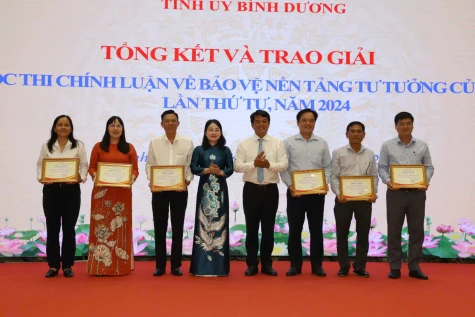
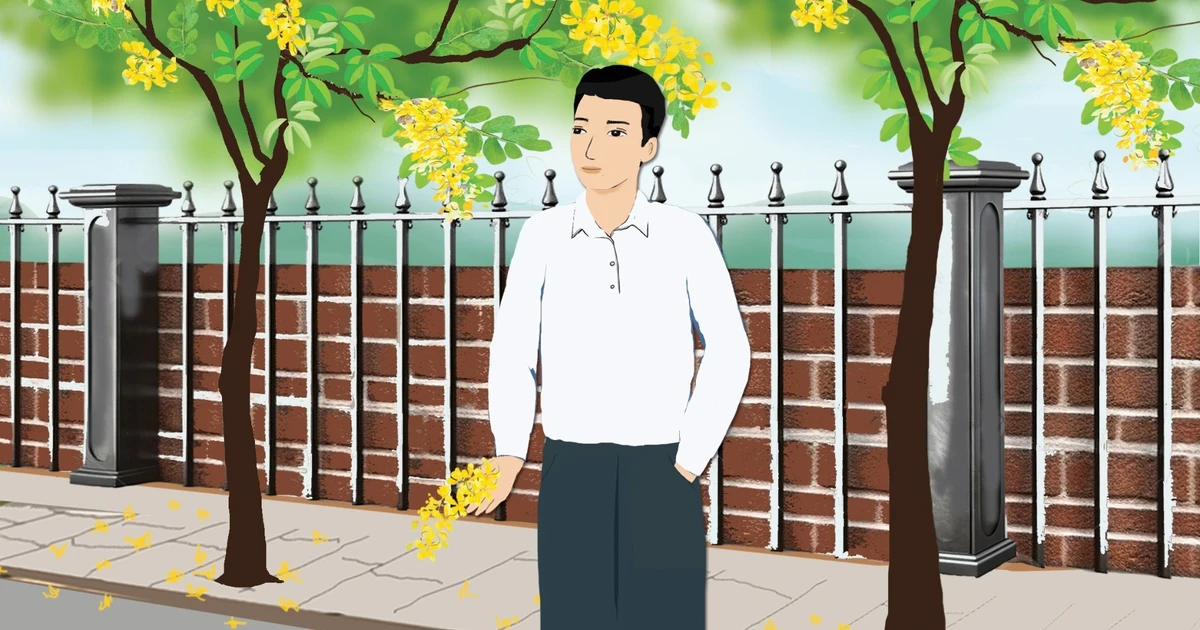



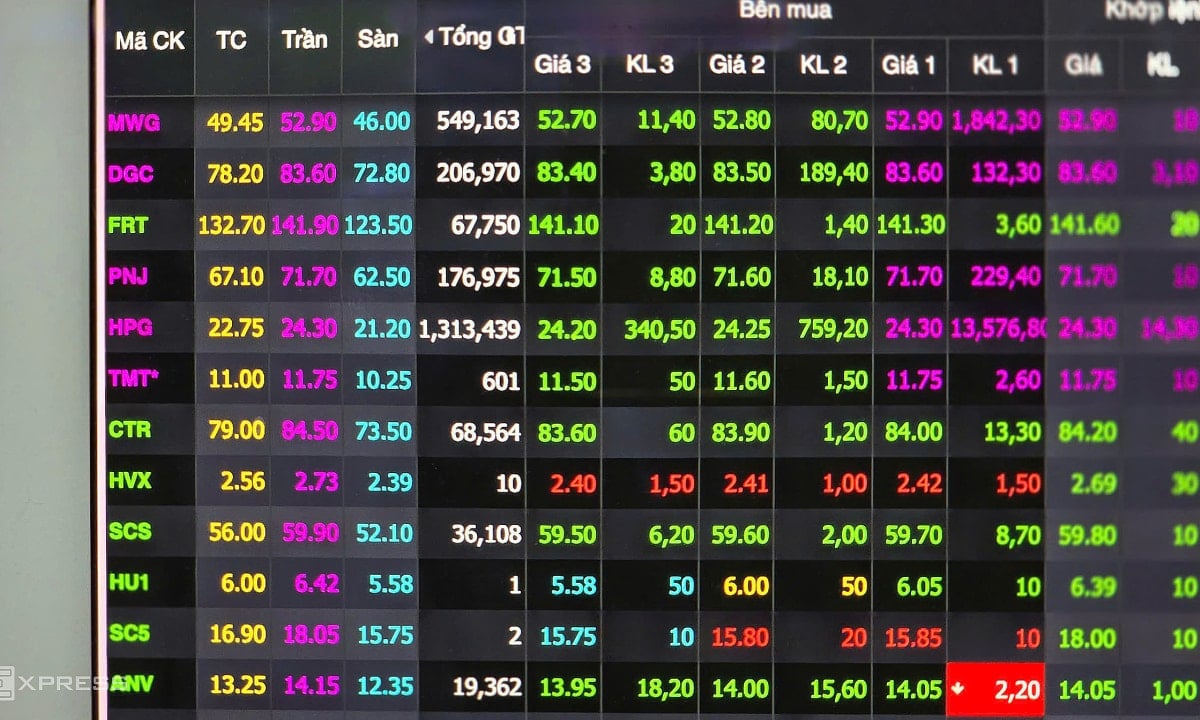


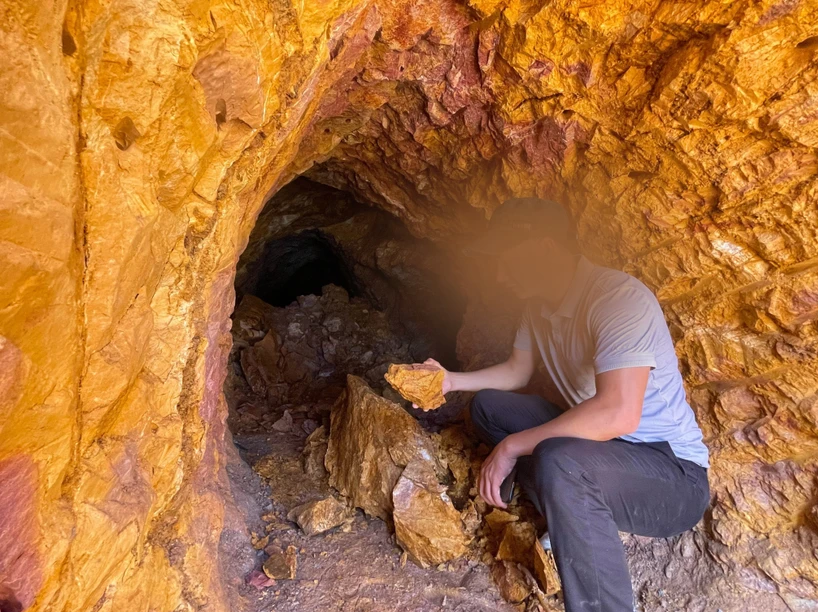
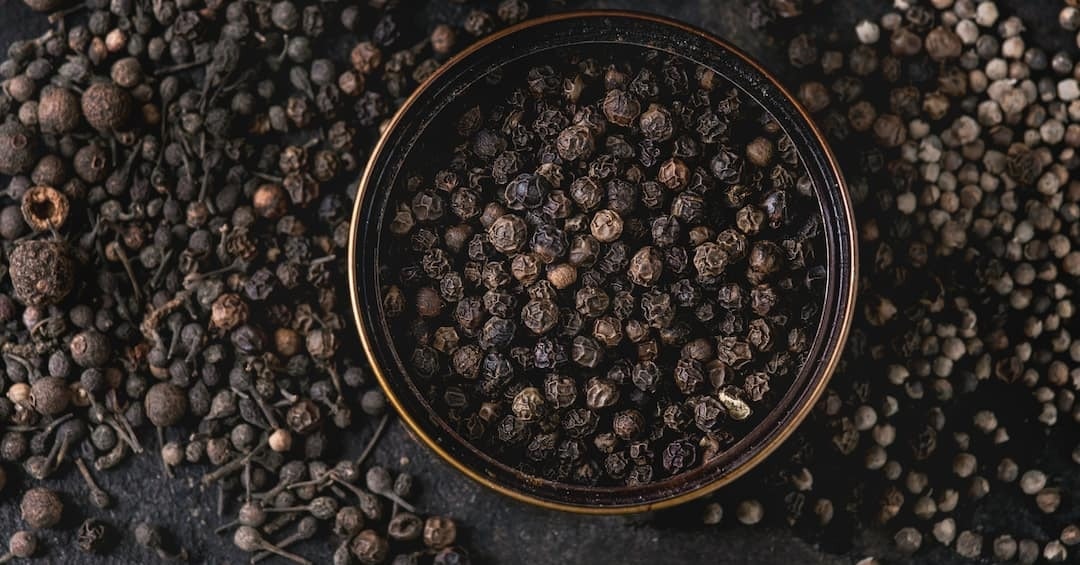

![[Photo] Summary of parade practice in preparation for the April 30th celebration](https://vstatic.vietnam.vn/vietnam/resource/IMAGE/2025/4/11/78cfee0f2cc045b387ff1a4362b5950f)















































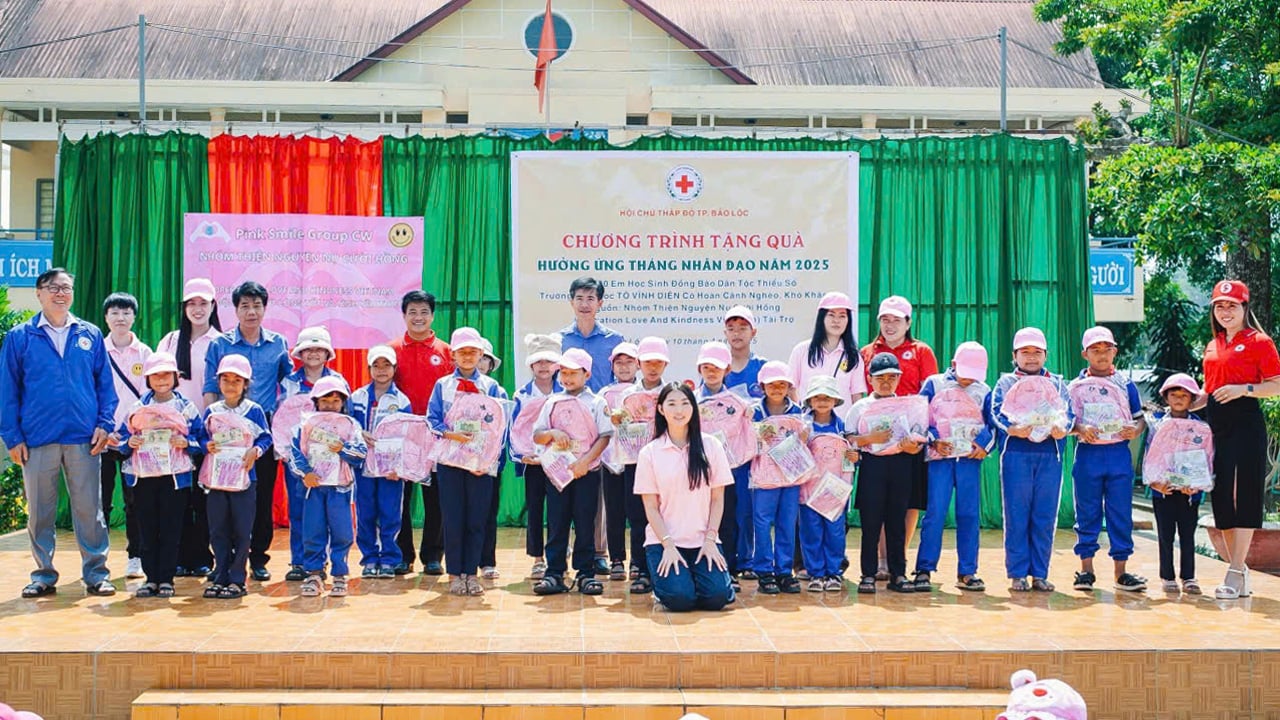














Comment (0)